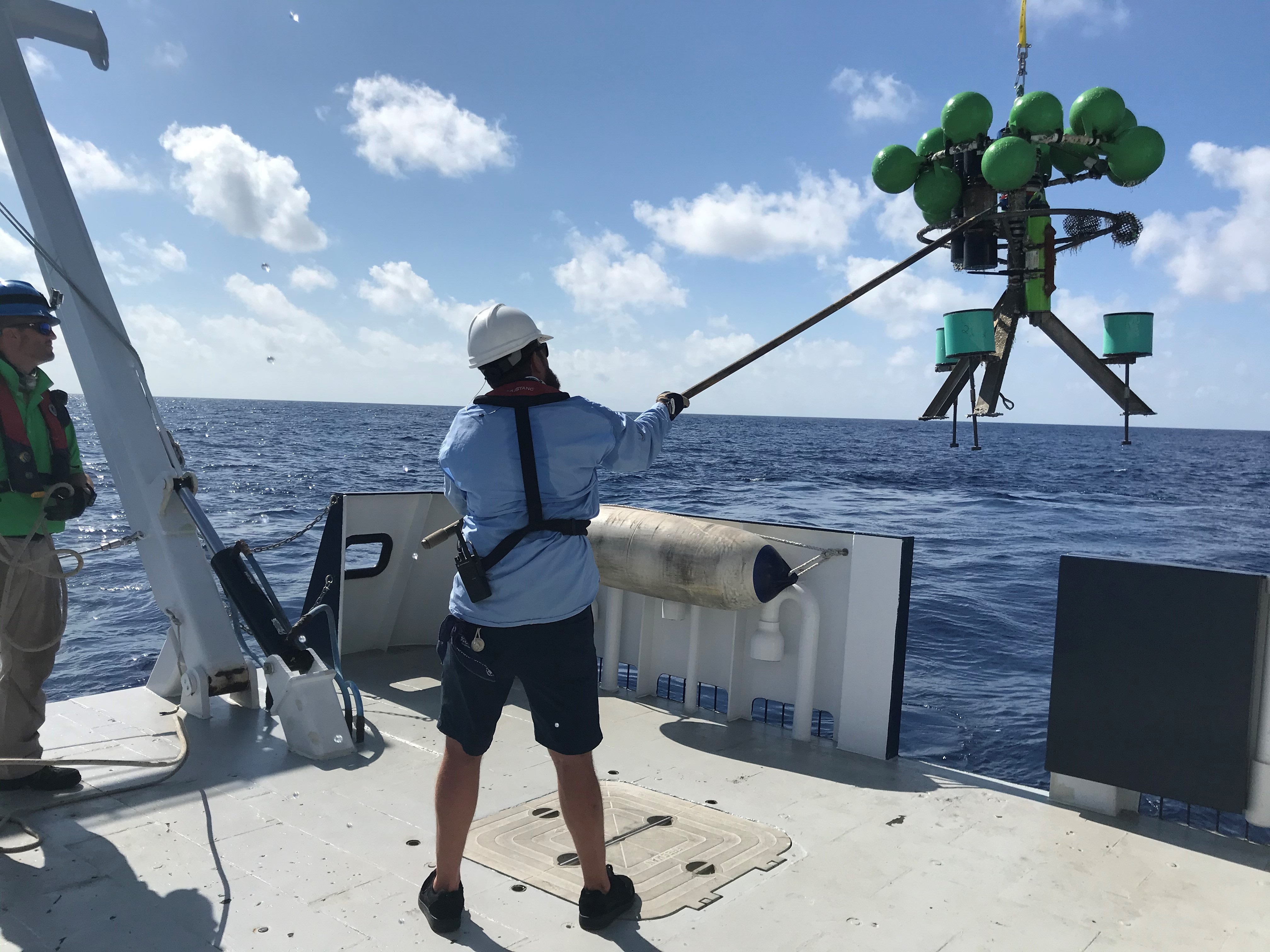Once Sargassum deluges beaches, removing, disposing and repurposing the seaweed presents many logistical and economic challenges. Cleaning up these huge piles of annoying seaweed while protecting these critical habitats at the same time is a precarious struggle.
Tag: Florida Keys

New Tool Will Assess Water Discharge Impacts from Florida’s Everglades
An innovative tool will holistically examine and diagnose key processes with numerical simulations and experiments and predict changes in responses to water management, ecological restoration and climate change. It is designed to provide a suite of environmental and ecological information on the state of the greater Florida Bay ecosystem as well as potential future changes. Importantly, this model could potentially predict underwater aquatic vegetation coverage, harmful algal blooms, and fisheries resources under climate change and/or Comprehensive Everglades Restoration Program management scenarios.
Using Shared Science to Protect Common Resources and Bridge Diplomatic Divides
Marine species don’t recognize international borders or exclusive economic zones — and a new article says science focused on conserving oceanic species and habitats should also transcend these human boundaries.
Genotyping Reveals Significance of Mesophotic Reefs for Florida Keys’ Coral Recovery
Researchers are the first to compare the genetic structure and genomic diversity of paired shallow and upper mesophotic coral sites in the Northern and Southern Dry Tortugas and the Lower and Upper Florida Keys. Results suggest that while vertical connectivity between paired shallow and mesophotic populations can vary, certain mesophotic coral populations are important for maintaining the long-term survival of this ecologically important coral species throughout the Florida Keys and should be considered in future management strategies.